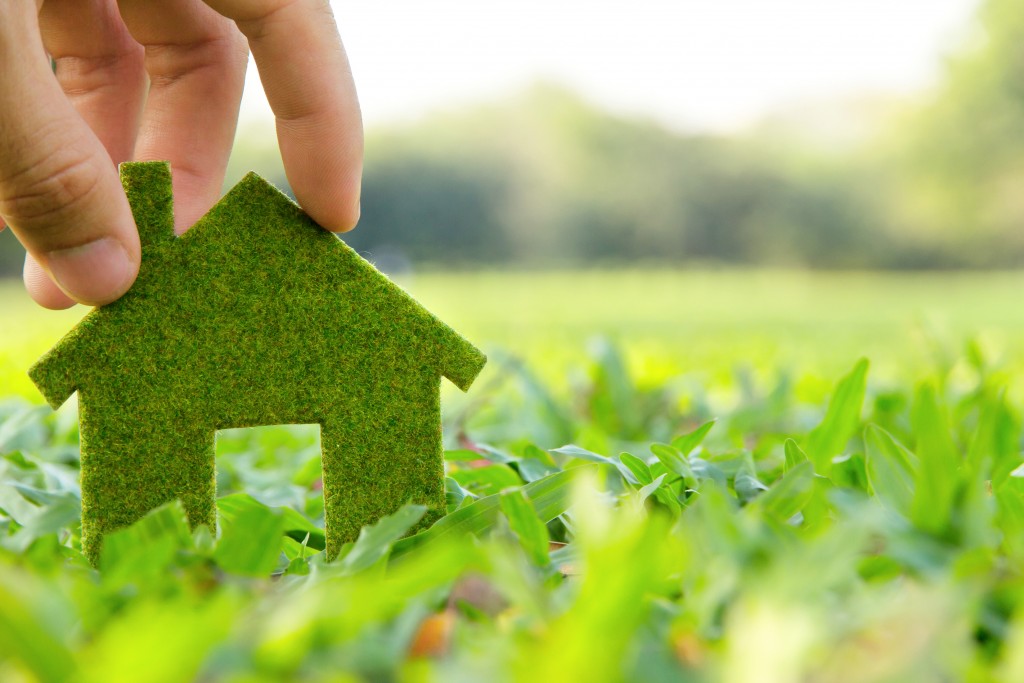The construction industry has always been working in tandem with other industries to ensure that buildings are functional, durable against the natural elements, and safe. However, many of these construction projects will require a good amount of time, money, and resources. Of course, much of these resources will come in the form of construction materials used in different aspects of the house.
However, there’s another growing concern that many building contractors face: the sustainability of some construction materials. It’s no surprise that how these building materials are being manufactured has caused a good amount of byproduct in industrial waste. Not to mention that construction projects are also known for being quite messy.
The good news here is that many potential homeowners are starting to lean towards a more “sustainable” approach. Green building trends have shown consumer demand has been increasing in the past few years. So what are some innovative construction materials that you can incorporate into your dream home? Here’s what you’ll need to know.
Bamboo

Firstly, bamboos are considered to be one of the most sustainable and widely used building materials. Through the past few decades, bamboo has been skyrocketing in popularity in many developing countries around the world. Not only does bamboo have the durability of wood, but it’s one of the most sustainable materials in the market, especially when it can be easily produced and grown.
Being a member of the grass family means that it can grow and spread at a rapid rate. It’s known that some forms of bamboo can grow around several feet in a single day. This makes it a good source of low-cost building materials since it can regenerate extremely quickly. This means that fewer trees will need to be cut down, which can help cut down on greenhouse gas emissions.
In terms of construction, bamboo is usually grown every three years, while it takes decades to grow trees. That said, it’s clear that bamboos are slowly becoming a more viable substitute to some forms of trees. Bamboo is also a sustainable alternative to materials that are used for flooring, decking, and sidings.
Recycled Materials
Although bamboo might seem like a great alternative to traditional wood and plastic materials used in construction, many industries are still using conventional building materials. Fortunately, some industries want to put many of these “left-over” materials to good use.
Companies like Trex fencing – SRF are known for using recycled wood and plastic for fences. Not only are these fences durable against almost all types of weather conditions, but they are also great ways of increasing the overall safety and security of your living space.
Insulation Materials
Although most people think that eco-friendly materials are only limited to keeping much of the home’s integrity in-home piece, many of these eco-friendly materials can also be used to maximise your home’s comfortability. This is especially true for sheep wool, which many residential homes have used for thousands of years.
While most people are using heating, ventilation, and air conditioning systems to keep themselves warm or the interior atmosphere stable, there are also inhabitants that don’t mind using a more “traditional” approach in keeping their home insulated. Sheep wool is known for being one of the best and most cheap ways of keeping most housing stable insulated.

Compared to other insulation types, wool from sheep is known for having effective heat retaining properties, release moisture (if needed), and absorb moisture from the ambient environment. Most experts would say that it has around 10% of the usual insulating factor from conventional insulation materials. This is especially useful for homes located in temperate regions where the temperature could fluctuate between cold during the winter season and hot during summer.
Most would also say that wool, just like most ventilation systems, can help filter out toxic particles in the atmosphere, improving the overall indoor air quality. Studies have found that the fabric can absorb chemicals in nitrogen oxide, sulfur oxide, and formaldehyde. Contrary to what most people think, wool is also quite resistant to fire, which can come in handy if your home is close to other living spaces.
Of course, sheep wool is quite sustainable and relatively easy to install. Not only will you be supporting a more sustainable industry, but you’re increasing the living standards of your home. Everybody wins!
There are many eco-friendly construction materials that you can choose from that can make your home sustainable and environmentally-friendly. Of course, you don’t necessarily have to limit yourselves to these materials. There are bound to be even more innovations in the coming years. Sometimes, the best way of helping the environment is by supporting eco-friendly industries.




